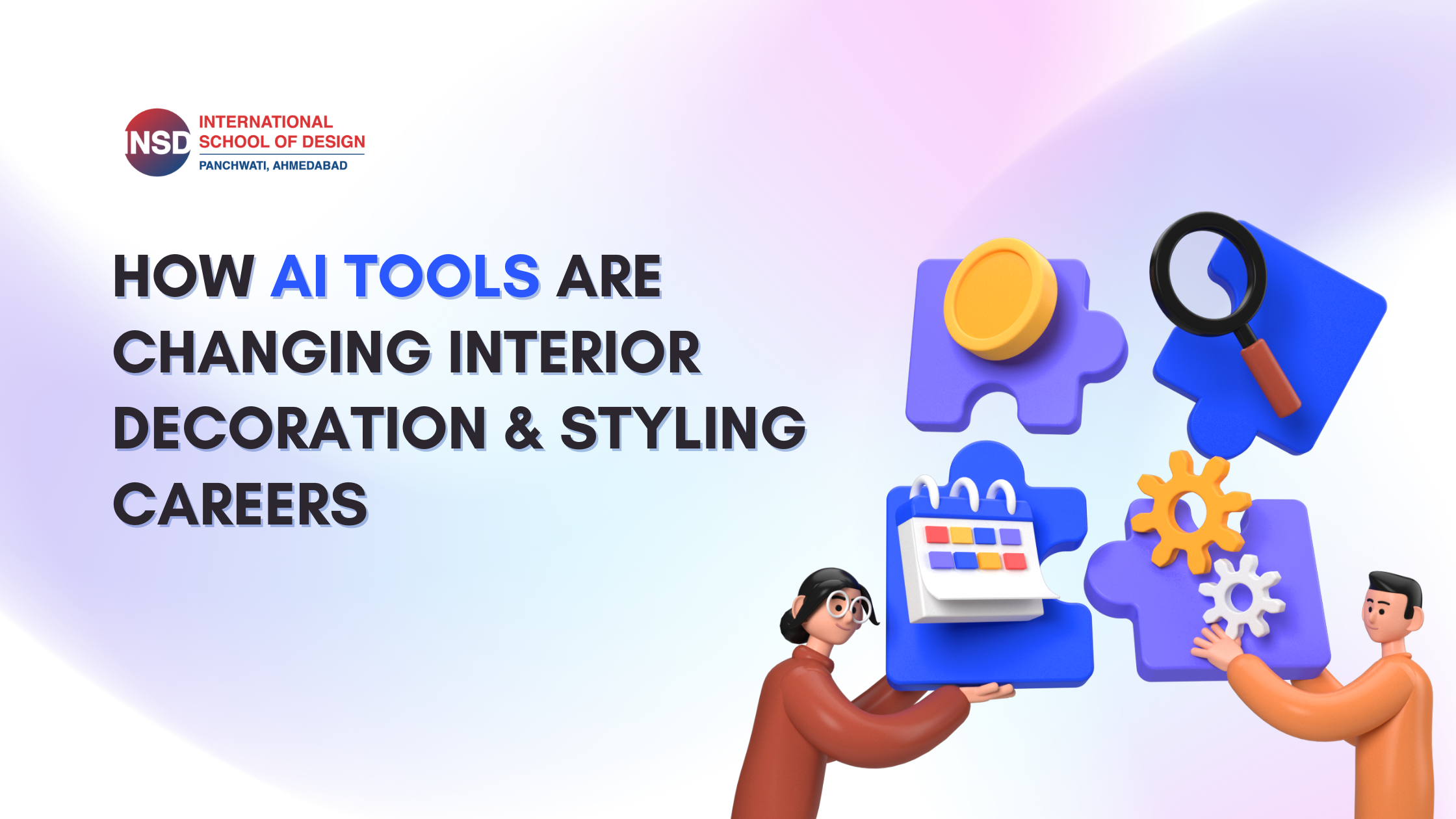Not too long ago, interior decoration was all about sketchpads, fabric swatches, and hours spent manually creating mood boards. Fast forward to today, and artificial intelligence is rewriting how designers work—transforming everything from client presentations to the way projects are planned and executed. If you’re in the field of interior decoration and styling, or you’ve been thinking about stepping into it, AI tools aren’t just another tech fad—they’re reshaping the profession in ways that are hard to ignore.
From Concepts to Realistic Visuals in Minutes
One of the biggest game-changers AI has brought is speed. What used to take days—designing a concept, sourcing images, and creating 3D renders—can now be done in a matter of hours or even minutes. Tools powered by AI can instantly generate realistic room layouts, suggest furniture arrangements, and even adjust lighting in visualizations to match the desired mood. This doesn’t just impress clients—it also helps them make decisions faster because they can “see” the end result before a single piece is moved.
Data-Driven Personalisation
Interior design has always been personal, but AI takes customisation to a whole new level. By analyzing client preferences, style choices, and even browsing history, AI-powered platforms can suggest color schemes, decor elements, and layouts tailored to individual tastes. For professionals, this means you can walk into client meetings with designs that already feel deeply familiar to them—without the endless rounds of trial and error.
Smarter Resource Management
Styling a space is not just about creativity—it’s also about logistics. AI is making this part of the process more efficient than ever. From generating cost estimates to sourcing products in real-time based on availability and budget, these tools help interior decorators make quick, informed decisions. Some even integrate directly with suppliers, reducing delays and ensuring you’re always working with up-to-date inventory options.
Collaborative Creativity
In the past, brainstorming sessions often meant everyone physically gathering around a table, swapping samples, and debating ideas. Now, AI tools allow for virtual collaboration—designers, stylists, and clients can work together from anywhere, editing layouts in real time. This is particularly valuable for professionals managing multiple projects or working with clients overseas, as it keeps communication fluid and decision-making seamless.
Opening New Career Pathways
Perhaps the most exciting change is how AI is broadening the scope of interior decoration and styling careers. Designers who master AI tools aren’t just limited to traditional roles—they can branch into virtual staging for real estate, create content for digital design platforms, or even consult for AI tool developers who need industry expertise. In other words, these technologies aren’t replacing creativity—they’re creating opportunities for it to be applied in entirely new ways.
Keeping Creativity at the Core
While AI tools are transforming the profession, they don’t replace the human touch. Great design is still about understanding emotions, culture, and personal stories—things that algorithms can’t fully replicate. Instead, think of AI as a creative partner that handles the technical heavy lifting, freeing you up to focus on the artistry that makes a space truly unique.
Final Thoughts
AI isn’t making interior decoration less creative—it’s making it more impactful. For professionals, embracing these tools means faster workflows, sharper presentations, and access to opportunities that didn’t exist a few years ago. And for clients, it means a smoother, more personalized experience from start to finish.
If you’re looking to build a future-ready career in Interior Decoration & Styling, INSD Ahmedabad offers courses that integrate design fundamentals with modern tools, preparing you for a career that’s as forward-thinking as it is visually stunning.


